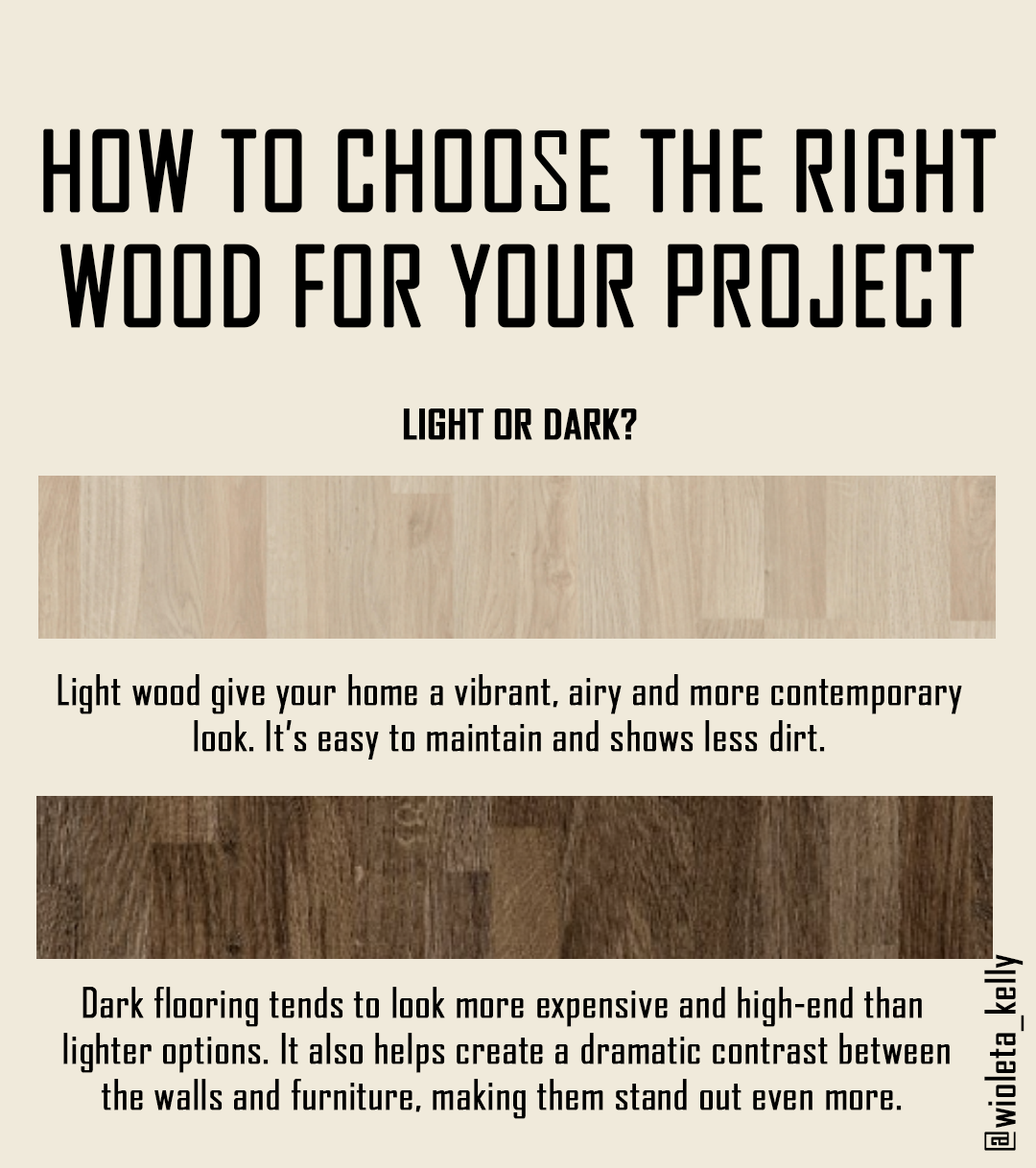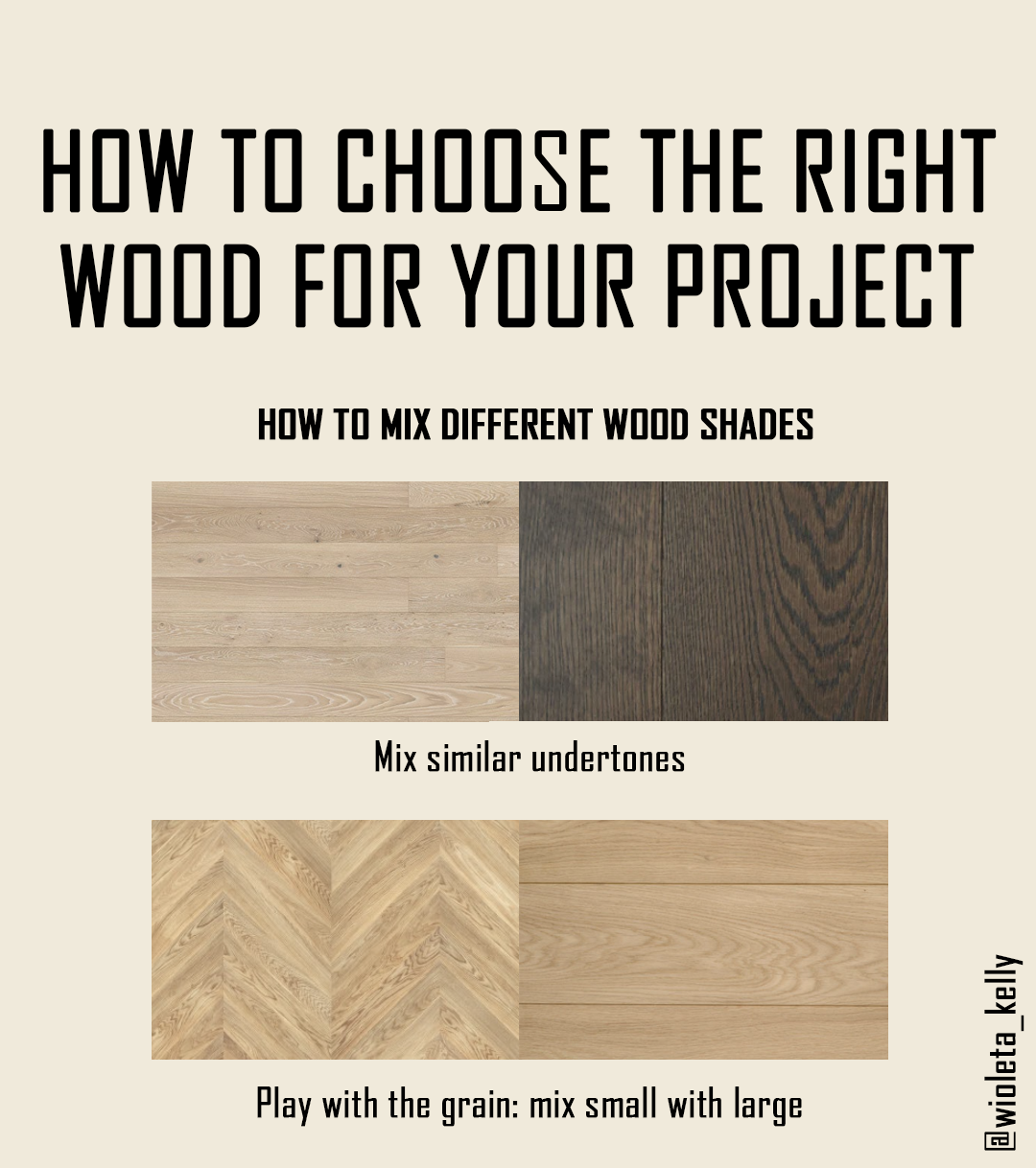Decoding Laminate Flooring: A Comprehensive Guide for Women
When it comes to choosing a laminate floor, the options can seem endless. From wood-look laminates to tile-look laminates, there are so many different materials, styles, and textures available. But where do you start? Don't worry - we have you covered! This guide will provide you with all of the information that you need to make an informed decision when selecting a laminate floor for your home.
The Benefits of Laminate Flooring
Laminate flooring is one of the most popular choices for homeowners due to its affordability and durability. Laminates are also easy to install and maintain; they don't require sanding or staining like hardwood floors do, and they resist scratches and dents better than natural wood. As a result, laminates are perfect for high-traffic areas such as kitchens and living rooms. Additionally, laminates come in a variety of colors, textures, and designs that can complement any decor style.
Choosing the Right Laminate Floor
When it comes to selecting a laminate floor, there are several things that you should keep in mind. First, consider how much foot traffic the room will get on a daily basis - if it's an area with heavy foot traffic (like an entryway), then opt for a laminate that is scratch-resistant and moisture-resistant. Not all laminates are created equal when it comes to their level of wear-and-tear resistance. AC ratings, or Abrasion Class ratings, measure the durability of laminate flooring on a scale from 1-5 and are based on tests done in laboratories that simulate wear and tear over time. Ratings between AC1 and AC3 are suitable for light residential use while ratings of AC4 and AC5 are suitable for busy commercial environments with high traffic.
Second, consider what type of style you're looking for - do you prefer wood-look or tile-look? Thirdly, think about which color scheme works best with your existing décor - lighter colors tend to make small spaces look bigger while darker colors can help create an inviting atmosphere in larger rooms. Finally, take into consideration your budget - some laminates are more expensive than others depending on their quality and design.
Installation Method
It’s important to think about how you want your laminate floor installed. Laminates can be installed using either glue-down or click-lock methods depending on their construction. Glue-down laminates require adhesives applied directly onto the subfloor before installation while click-lock laminates come pre-glued with tongue-and-groove planks that fit together like a puzzle piece without needing additional adhesive. Depending on which method you choose, installation can range from relatively simple DIY projects to complex installations requiring professional help. Be sure to research both methods thoroughly before making your decision as not all types of laminates will be compatible with each type of installation method.
Floors with Movement or Without?
If you’re looking for something unique, consider choosing a busy floor with movement. What does that mean, you might ask yourself? These floors often feature various colors, shapes, textures, and patterns that draw the eye. They bring an element of surprise and sophistication to any room in your home. For example, distressed wood laminate has become increasingly popular over the last few years—and for good reason! Its rustic charm creates visual interest and adds character to any space. Another great option is embossed laminate, which mimics the look of real wood by featuring realistic texture details such as knots and graining.
For those who prefer a more subdued look, calm neutral floors may be the way to go. These types of laminate floors are usually light in color with subtle variations in tone or grain patterning. As an added bonus, they help open up small spaces since they don’t draw attention away from other elements in the room like furniture or artwork. Some of the most popular choices include white-washed wood, blonde oak, or even stone-look laminates which mimic marble or travertine tile without all of the maintenance requirements associated with real stone tile floors.
How to Choose the Righ Color of Laminate Flooring
As any interior designer or home decorator will tell you, making the right choice when selecting a wood color for your home is not only a matter of taste but also an important question of balance. First and foremost, it’s important to consider the variation in tone that each type of wood offers. Darker woods tend to create a more dramatic effect while lighter woods can help create a sense of balance. Additionally, look for woods with subtle variations in tone or grain patterning as these can help avoid an overly busy look.
When it comes to color selection, think about what other tones already exist in your room - this will help inform which shades of wood would best complement them. If there are already plenty of warm tones such as yellows and oranges present within the space then opt for cooler shades instead. On the other hand, if there are lots of blue hues present then try adding warmer tones such as reds or browns instead. Finally, remember that no one color should dominate over another so be mindful when selecting different shades so that they don’t overwhelm each other.
How to Mix Different Colours of Laminate Flooring Around The House
Don’t be afraid to mix different woods together around your home! Using different types of wood in combination can create interesting visual effects that will add depth and dimension to any house. You could opt for complementary colors like pairing light-colored pine with dark-colored walnut or try mixing contrasting tones like white pine with black walnut – either way, combining multiple types of wood is sure to create an eye-catching feature in your home!
The first step in the process is choosing the right wood shades. You may want to consider what kind of atmosphere you want to set in each room. For example, if you’re looking for a warm, cozy living room, then you might opt for a darker hue such as walnut or mahogany. For bedrooms, lighter colors such as oak can create a relaxing atmosphere.
When considering colors and textures, it helps to select two or three that work well together. A good rule of thumb is to choose colors that are within two shades of each other—too much variance may make the final look too jarring or chaotic. Additionally, think about the type of finish (matte or gloss) you would like for each shade—this will help create contrast and visual interest.
Choosing the right laminate flooring isn't always easy but by taking into consideration factors like durability, style & design options and installation method, you'll be able get closer to finding the perfect fit for your home! With so many options available today—from wood looks to tile looks—you're sure to find something that meets both your style preferences as well as functional needs when selecting laminate flooring for any room in your house! So don't stress about making this decision – just remember these handy tips and start shopping around today!





